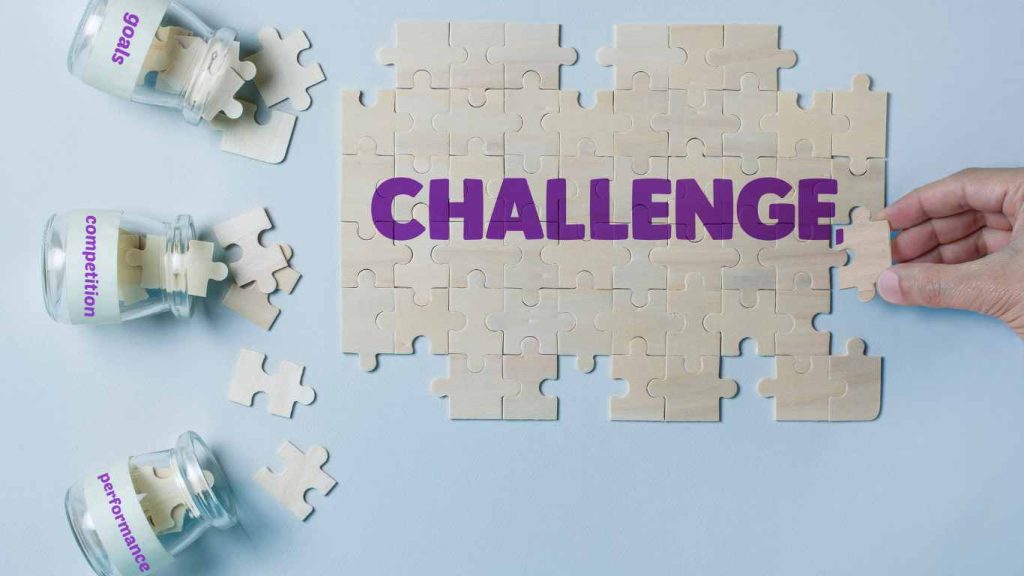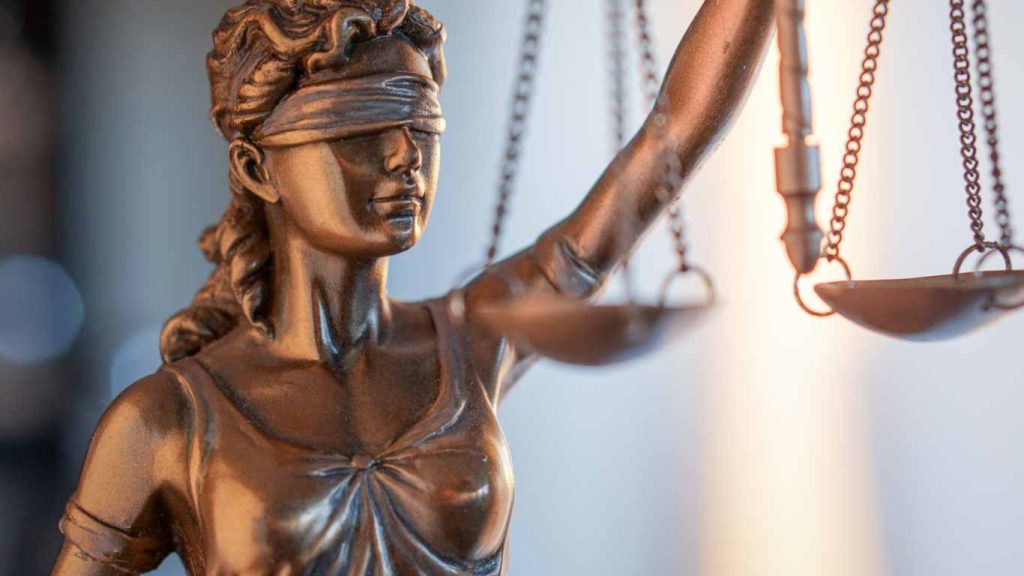The process of voir dire stands as the crucial pillar in the world of law. It is often concealed in the shadows of courtroom dramas and legal proceedings. This is a crucial process that various legal professionals have to go through. Voir dire is derived from an old French word “to speak the truth.” If you want to be a part of a jury, understanding this process is crucial. If you are not familiar with what is voir dire in law, what its process is. Continue reading this blog and you will have an understanding of voir dire.
What Is Voir Dire?
Voir dire is a process through which legal representatives question potential jurors to determine whether they are suitable for jury service or not. This questioning is usually conducted by attorneys to make sure the juror is fit for the jury pool.
This process usually takes place to ensure a fair and unbiased trial. In this process, jurors can make decisions on the basis of evidence that the law provides them. The main goal of this process is to identify or eliminate the jurors who may be biased. These jurors may possess prejudices, or personal experiences that can impact their ability to make an impartial verdict or judgment.
For the process of voir dire lawyers can follow different strategies of questioning. They can directly start an open-ended conversation or create any hypothetical situation. It is totally dependent on the lawyers as to how they want to question potential jurors. Lawyers do all these things to uncover the true potential and opinions of the jurors.
How Does Voir Dire Work?
Voir Dire is a process that varies from state to state in the American judicial system. Not just that Voir dire in law can also vary between state court and federal court.
However there are various elements of voir dire that are constant, we are mentioning them below:
- The first thing that is consistent in the voir dire process is that potential jurors fill out questionnaires. This initial questionnaire consists of some basic information about that person.
- The next consistent thing with the process of voir dire is the attorney’s questioning. When the jury pool enters the courtroom for the process of voir dire the attorney’s role is to start questioning potential jurors. This is to understand their qualifications, attitudes, and biases.
- The judge will also moderate the process of voir dire and take part in the process of questioning.
For the process of voir dire lawyers can follow different strategies of questioning. They can directly start an open-ended conversation or create any hypothetical situation. It is totally dependent on the lawyers as to how they want to question potential jurors. Lawyers do all these things to uncover the true potential and opinions of the jurors.
The attorneys can also object to the potential jurors in two ways:
1. Peremptory Challenges
There are a few peremptory challenges, too. In this challenge, attorneys or lawyers can eliminate prospective jurors without a judge’s approval.

2. Challenges For Cause
The Challenge for cause takes place when the prospective jurors are unfit for jury service.
Voir Dire Strategies
Conducting voir dire in the legal system is a difficult task. This is why attorneys try to follow different strategies for conducting an effective voir dire.
1. Research On Potential Jurors
Lawyers should conduct proper research about the potential jurors. The research should make use of paralegals and trial consultants when it is necessary.
Social media consists of various information that lawyers and attorneys may want to know about the potential jurors. Social media can reveal all the important information such as occupation, personal experience of the juror, etc. Technology can be really helpful when it comes to the jury selection process.
2. Use Open-Ended Questions
Open-ended questions are key elements of the voir dire process. In this, you can involve jury members to talk and take part in the process of questioning. This will reduce the chances of close-ended questions that may have one-word answers, such as yes, one, agree, disagree, etc. By having open-ended questions, you can call for a narrative and explanation from potential jurors.
3. Advance Preparation
When you are coming into the process of jury selection, it is necessary to be prepared in advance. You can’t just enter the courtroom without any questions or analysis in advance. You will have to understand various factors, such as the trial theme, and the strengths and weaknesses of the client’s perspective. This will help you in evaluating the juror biases that can impact clients or cases.
One of the most efficient ways to create your case analysis in advance is the implementation of practice management software. You can leverage CaseFox as it will help you in recording all your case-related material in one place. You can easily access all your case data, and share it with other team members. With features like calendaring, data storage, document management, and task management, you can focus more on your case.
Challenges & Considerations Of Voir Dire In Legal System
Voir dire processes also have some challenges and considerations. Let’s take a look at some of the common challenges of the voir dire process.
1. Time Constraints
Time constraints can also pose challenges in the process of voir dire. Usually, lawyers and attorneys get limited time to conduct research about the prospective jurors, which can be challenging for them. Usually, the list of jury pools is not available more than a few days before the voir dire process. In some cases, the list will be available at the time of voir dire. So it can be challenging and pressuring for a jury to conduct proper research about the juror.

2. Impact of Technology
Technology can be helpful for lawyers, but at the same time, they can also face certain challenges with it. Lawyers and attorneys have the perfect opportunity to gain information from social media platforms. However, it comes with some ethical considerations and challenges. Lawyers can’t communicate with their jurors.
While conducting an online search on social media, lawyers can’t text their jurors. Even if jurors receive notification that you have checked their social media, it can raise uncomfortable situations.

3. Achieving Jury Diversity
Having jury diversity is crucial but it can be challenging sometimes. Lawyers and attorneys can’t take advantage of their rights and purposefully exclude jurors. Especially on the basis of their race, gender, and other such classifications.
If lawyers use peremptory challenges on the basis of their race or gender, they have to prove they have legitimate reasons for these challenges.
The Bottom Line
Voir dire is an essential part of the jury selection process. Both attorneys and jurors need to understand this well. This means both parties need to understand how the process works, and what are the best strategies for voir dire in law. It also entails being aware of the use of legal technology for the research process of voir dire. Lawyers also need to be aware of some of the common challenges of voir dire and how to face those challenges.

